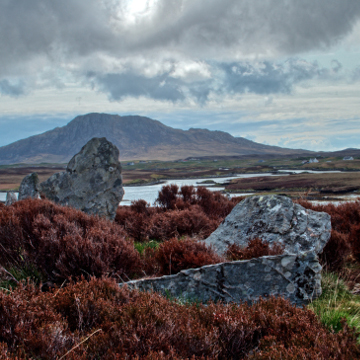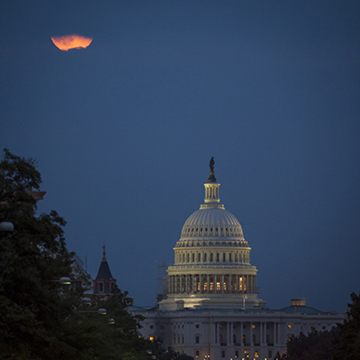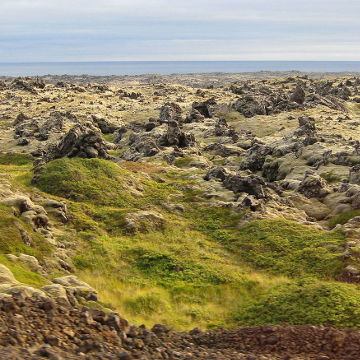Climate change and the preservation of archaeological sites in Greenland
Archaeological sites in Greenland represent an irreplaceable record of extraordinarily well-preserved material remains covering more than 4000 years of human history. Out of the more than 6000 registered sites very few have been excavated and it is anticipated that thousands of sites are still to be discovered in the many unexplored parts of the country. Therefore, the potential of archaeological sites in Greenland to provide further spectacular findings is considered extremely high. However, the climate is changing rapidly in Greenland leading to accelerated degradation of the archaeological sites. Since 2009 the National Museum of Denmark and Greenland and the University of Copenhagen have been collaborating in order to obtain an improved understanding of the link between climate change and the preservation of archaeological sites in Greenland. This presentation gives examples of how permafrost thaw, coastal erosion, increased vegetation and farming are threatening to destroy archaeological sites in Greenland. The presenters show the results from decay studies where they have investigated how different organic materials respond to environmental changes. They also present future research plans and elaborate on how they aim to develop new methods for locating sites at risk—using both high-tech. solutions (Remote sensing, UAV and GIS models) and low-tech. solutions where local residents are involved in surveys and excavations.




